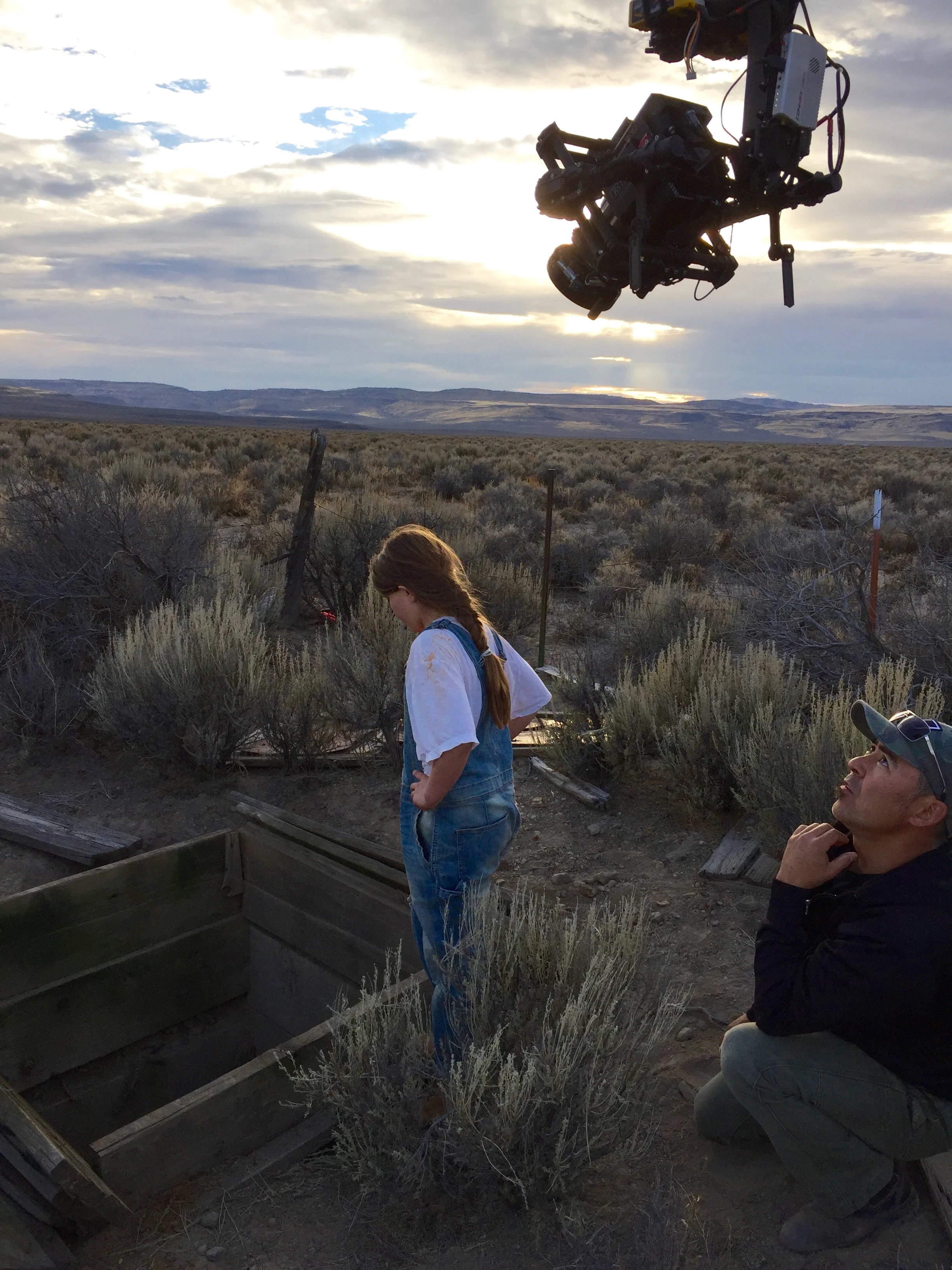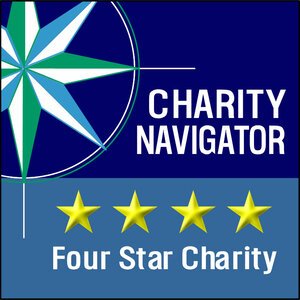By Chris Simon, Filmmaker
The Western Folklife Center has been working on a series of four poem-films that powerfully communicate contemporary rural issues, ideas and insight—particularly the subject of water in the West. Titled Moving Rural Verse, these films are produced in collaboration with respected Western poets and experienced video artists, and will premiere at the upcoming National Cowboy Poetry Gathering, January 30-February 4, in Elko. Filmmaker Chris Simon worked with poet Linda Hussa and Reno filmmaker Jerry Dugan to produce a film of Linda’s poem “Homesteaders, Poor and Dry.”
When Meg Glaser, Artistic Director at the Western Folklife Center, told me about her new project, Moving Rural Verse—four poems on water in the West made into films—I was intrigued. When she asked, “Would you like to do a poem by Linda Hussa?” I was thrilled.
Then Meg said, “It’s ‘Homesteaders, Poor and Dry’.”
“Isn’t that about drought?” I probe, gazing out my window at the pouring rain. “That’s right!” Meg says brightly.
“And don’t they have to kill a cow and drop a little girl down a well so that the baby won’t die?”
“Can’t you get creative? And no blood.” She hangs up fast.
“Homesteaders, Poor and Dry” is an incredibly powerful poem about the hard emotional impact of drought on a family. It is told from the perspective of the young daughter. It would not be an easy film to make.
Poet Linda Hussa with Rylee Dickson and John Hussa
I wrote out a scenario for how I’d like to interpret Linda’s poem. Getting from what was on paper to film… well, that was a problem. I’m a documentary filmmaker. I usually film what is there, not create it. Dropping a camera down a well to show a little girl’s point of view is not in my skill set. I decided to collaborate with Reno filmmaker Jerry Dugan who made Buck Ramsey’s poem “Anthem” into a film for the Nevada Museum of Art. As a commercial and extreme sports filmmaker, Jerry could bring the technical skills needed plus additional creative perspective. We arrange to film at the Hussa Ranch at the northeastern tip of California. Linda and her husband John start combing the country looking for a hand-dug well. Their milk cow, Blossom, is offered a starring role. Fortunately, it has stopped raining.
Jerry Dugan and Linda Hussa
Jerry and I rendezvous in Reno. I generally work with only a sound recordist (if I’m lucky); Jerry brings a crew of six. That’s seven including me. What can they all do?
The next day it becomes clear. Everyone has a job and everyone is busy. Jerry is on camera assisted by Ryan. Mike does stop-action camera. Trent and Keaton are in charge of MoVi. They will rig the camera down the well. Canyon operates the jib, a complicated apparatus that will give us overhead shots. In truth, everyone does whatever is needed.
Jib in position at the well
A sleepy Rylee Dickson, nine years old, arrives with her mother to play the girl. They had to get up at 4:00 am to make the three-hour drive from Reno. We dress her up in overalls and braid her hair. Keaton is drafted to play the dad and he gets overalls, too. With some dirt smudges they can pass for 1930s ranchers. Blossom is brought into the barn. She looks pretty healthy for a cow that is drought-stricken, but you can’t have everything. Blossom does not like the look of the knife in Dad’s hand. She really doesn’t like the camera being poked in her face. She rolls her eyes and pulls back. This translates well onto film. She goes back to her stall with an extra ration of hay.
The actors: Keaton and Rylee
After shooting all morning at the ranch, we set out for the hand-dug well John Hussa found. It’s half way between the Hussa Ranch and Gerlach, Nevada, out on the sagebrush plains. It is perfect. We pull off the covering boards and when the guys drop a bucket down it comes back with dead scorpions floating in the water. We all take an extra step back.
Rylee going down the well is accomplished through the magic of cinema and the technical expertise of Jerry and crew. Then it’s time for her big scene—the one that will make or break the film. Rylee nails it and as Linda, Jerry and I watch the screen, tears come to my eyes. This is even better than I had imagined.
The camera goes into the well.
You can see for yourself when “Homesteaders, Poor & Dry” premieres at the upcoming National Cowboy Poetry Gathering as one of the Moving Rural Verse Series.
And, don’t worry, no cows nor children were harmed in the making of this motion picture.
It's a wrap. The end.
See “Homesteaders, Poor & Dry” and three more Moving Rural Verse poem-films on:
Thursday, February 2, 12:15–1:30pm Ruby Mountain Ballroom #1, Elko Conference Center
Friday, February 3, 11:00am–12:15pm, G Three Bar Theater, Western Folklife Center
Moving Rural Verse was produced with major support from the National Endowment for the Arts, ArtPlace America, the Community Foundation - of Utah and from Western Folklife Center stakeholders.










